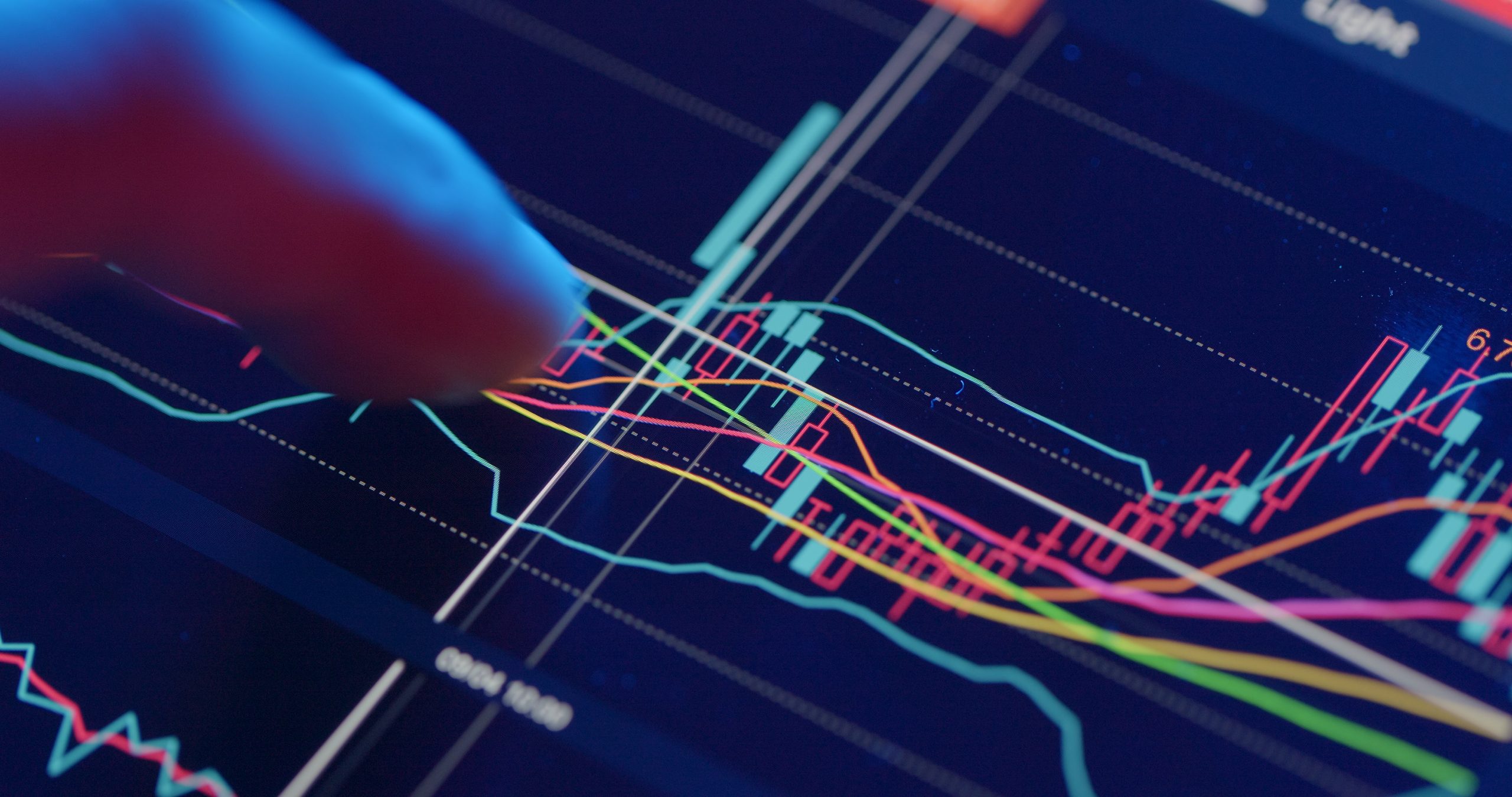“Digital assets are transforming the world and becoming increasingly mainstream in our financial ecosystem. At BNY Mellon, we are committed to leveraging centuries of trust and innovation in order to build a bridge to the future.”
— Roman Regelman Chief Executive Officer of Asset Servicing and Head of Digital
Digital assets have clearly entered the mainstream. Our latest report outlines the evolution of digital assets — how they are helping to reshape the financial ecosystem — and highlights the infrastructure and collaboration needed to help digital assets reach full maturity and integrate seamlessly with traditional assets.
Institutional Interest in Digital Assets
Many financial institutions across the globe have either been working to integrate and expand their offerings and investments related to digital assets, or else they have realized they can no longer take a “wait and see” approach. As they formulate their strategies, they still are seeking the benefits of disintermediation that digital assets offer. But they are also looking for the risk management and secure infrastructure that they have come to expect from mature institutions. Essentially, investors are demanding an infrastructure for digital assets that is comparable to that which exists for traditional assets. Three key considerations are driving this demand:
Increasing interest in digital assets
In August 2021, the global market capitalization of cryptocurrencies was more than $2 trillion, more than double what it had been at the end of 2020. In other words, after just a decade in existence, the global market cap of cryptocurrencies reached approximately 20 percent of the global market cap of gold – the reserve asset champion for the world’s currencies throughout most of modern history.
Emerging potential of tokenization
Tokenization is the process whereby an underlying asset, tangible or intangible, is converted into a digital “token” that acts as its proxy. It is possible to tokenize a wide range of assets, from cash, equity securities, and debt securities to real assets such as real estate, commodities, artifacts, and works of art. Such developments unlock potential innovations in areas including custody, collateral management, cash and liquidity, fund administration, accounting, and payments. In a BNY Mellon study in August 2021, 72% of institutional asset managers said they plan to develop solutions for asset tokenization.
An evolving regulatory environment
Regulators are working to address gaps and promote consistency in the regulatory environment for digital assets. For example, in 2020, the EU Commission published drafted legislation to create an EU-wide framework for digital assets. The Markets in Cryptoassets Regulation (MiCA) is estimated to become applicable in 2024. Moreover, in the United States, the Federal Reserve, Office of Comptroller of Currency, and the Federal Deposit Insurance Corporation (FDIC) are engaged in an interagency crypto “sprint” in order to develop a joint framework for crypto supervision.

Integrating Digital Assets Into the Traditional Ecosystem
With the increasing relevance of digital assets clearly established, institutional demand for a global infrastructure to provide stability and safety is evident. Investors expect the same institutional level of service as in the traditional space. In addition, institutional stakeholders of all stripes require stable, reliable servicing of the entire asset lifecycle from issuance to custody, trading, and settlement to core fund servicing, accounting, and payments. Such requirements fall into three categories:
Trust and financial soundness
Given the potential of the digital space, institutions are looking for the same level of risk management, focus on regulatory compliance, and rigorous safety and security standards that are available for traditional assets.
Institutional readiness
Institutions are looking for scalability, transparency, and full-spectrum support levels to help them navigate the risks of the digital assets ecosystem. Multi-jurisdictional regulatory reporting, resilience, and experience handling complex institutional scale scenarios will set some providers apart from others.
Seamlessness
Institutions want a one-stop shop to support the expanding use cases of digital assets as well as delivering value across the full financial lifecycle of digital assets (such as trading, safekeeping, collateral management, and lending).
Because digital assets and markets are inherently tightly connected, delivering on these requirements takes close collaboration within the industry and with fintech providers. In the world of traditional assets and markets, asset owners, asset managers, institutional investors and service providers already work closely together. Similarly, collaboration will be essential for bringing digital assets to full maturity. If technology developers, financial infrastructure and service providers, and stakeholders along the whole value chain come together to create and deploy integrated solutions, rather than a collection of one-off innovations, the end result will be much more robust.
Just as traditional markets have evolved by means of collaboration among stakeholders, we believe the same must be true for digital assets, albeit more quickly. Decentralization is a built-in feature of the distributed technologies that underly digital assets. As we stand at the cusp of digital assets becoming institutionally ready, we expect the emerging world to be “multi-centered,” with global institutions and their collaborative partners all playing their part. This new ecosystem, which must be grounded in both trust and innovation, will provide significant opportunities for growth.
Source: BNY MELLON

